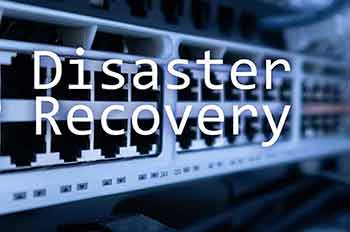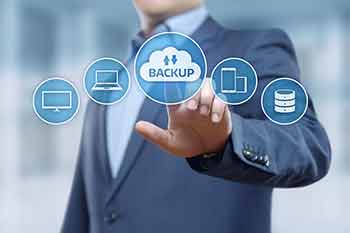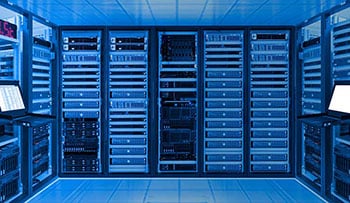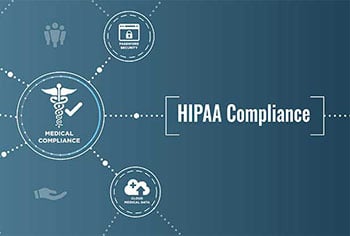Supporting Remote Workers: 3 Details That Should be Top of Mind
Working remotely isn't a new phenomenon, but what is new is everyone working remotely. With that sharp increase in remote workers comes several challenges. In a business-as-usual environment, the decision to begin a work-from-home program would take weeks or even months of planning. Once the plan was developed, the concept would be tested and slowly rolled out while leadership managed and monitored how it was changing the business.
This methodical, planned approach completely shifted with the pandemic. In March 2020, many companies took "work from home" from concept to production in a matter of days. This was done out of necessity, and it is likely that in the haste of immediate action, lots of details were missed. Now that work from home is a reality, here are three things that should be top of mind.









